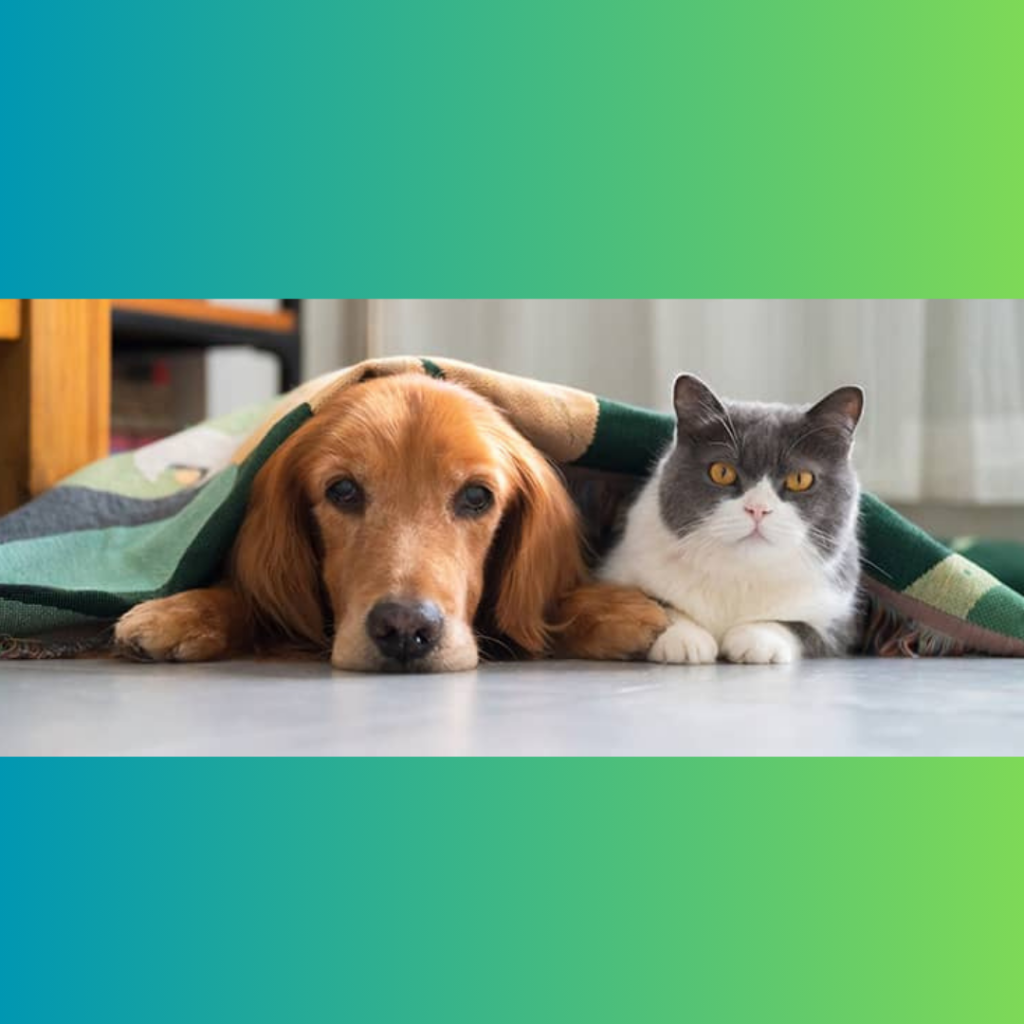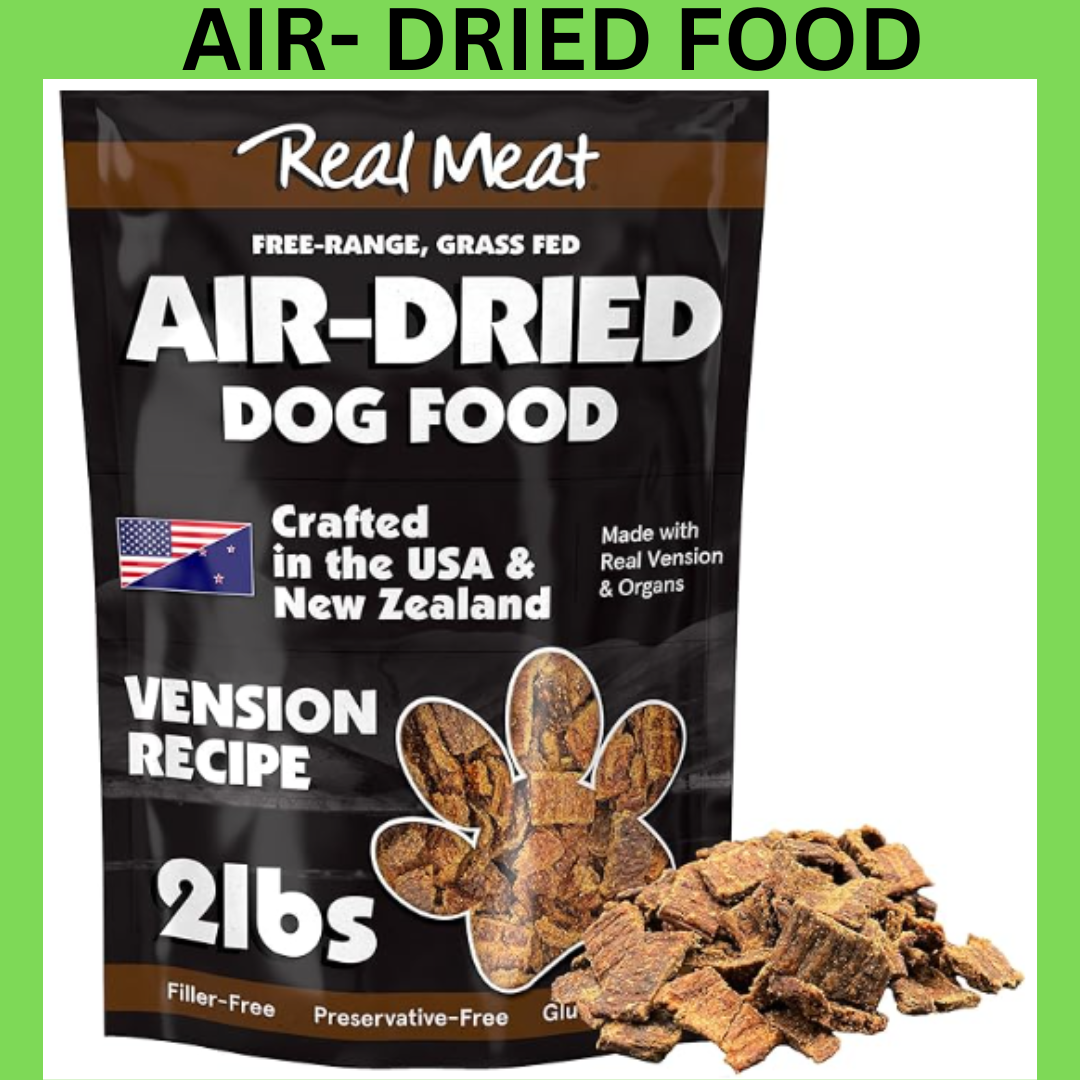Taking care of a dog is a rewarding and enriching experience, but it also comes with significant responsibilities. Proper dog care involves understanding your dog’s physical, emotional, and social needs to ensure they live a healthy, happy life. This comprehensive guide will cover all aspects of dog care, from nutrition and grooming to training and healthcare, providing you with the knowledge to be a responsible and loving dog owner.Taking care of a dog involves a comprehensive approach that addresses their physical, emotional, and social needs.By addressing all these aspects of dog care. you can ensure your furry friend leads a healthy, happy, and fulfilling life. Being a responsible dog owner means continually learning about your dog’s needs and adapting your care routine as necessary. The love and companionship you receive in return make all the effort worthwhile.
Nutrition
Understanding Canine Nutrition
Proper nutrition is the foundation of a healthy dog. A well-balanced diet ensures your dog gets the necessary nutrients for growth, energy, and overall health. Dog food should provide a balance of proteins, fats, carbohydrates, vitamins, and minerals.
- Proteins: Essential for muscle development and repair. Look for high-quality protein sources like chicken, beef, fish, or lamb.
- Fats: Provide energy and support skin and coat health. Healthy fats come from ingredients like fish oil and flaxseed.
- Carbohydrates: Offer a source of energy. Good carbohydrate sources include rice, oats, and sweet potatoes.
- Vitamins and Minerals: Support various bodily functions. Ensure your dog’s diet includes essential vitamins (A, D, E, K) and minerals (calcium, phosphorus, zinc).
Types of Dog Food
- Dry Kibble: Convenient, cost-effective, and good for dental health. Ensure it is high-quality and free from unnecessary fillers.
- Wet Food: More palatable for some dogs and provides additional hydration. It’s essential for dogs with certain medical conditions or those who are picky eaters.
- Raw Diet: Consists of uncooked meats, bones, and organs. This diet requires careful planning to ensure it meets all nutritional needs.
- Homemade Diet: Allows for complete control over ingredients. Consult with a veterinarian or a canine nutritionist to ensure the diet is balanced.
Feeding Guidelines
- Puppies: Require more frequent feeding (3-4 times a day) due to their rapid growth and higher energy needs.
- Adults: Typically fed twice a day. The portion size depends on the dog’s size, age, and activity level.
- Seniors: May need fewer calories due to decreased activity levels but still require nutrient-rich diets to support aging bodies.
Treats and Supplements
- Treats: Should be given in moderation and should not exceed 10% of your dog’s daily caloric intake. Choose healthy treats that provide some nutritional benefits.
- Supplements: Sometimes necessary to address specific health issues, such as joint supplements for arthritis or probiotics for digestive health. Always consult a vet before introducing supplements.
Exercise and Physical Activity
Importance of Exercise
Regular exercise is crucial for a dog’s physical and mental well-being. It helps maintain a healthy weight, reduces behavioral problems, and strengthens the bond between you and your dog.
Types of Exercise
- Walking: The most common form of exercise. Aim for at least 30 minutes to an hour daily.
- Running and Hiking: Great for high-energy dogs. Ensure your dog is fit enough for these activities.
- Swimming: Excellent low-impact exercise, especially beneficial for dogs with joint issues.
- Fetch and Play: Engaging games that can be played in a yard or park.
- Agility Training: Provides both physical and mental stimulation.
Exercise Needs by Breed
Different breeds have varying exercise needs. High-energy breeds like Border Collies or Labrador Retrievers require more exercise compared to low-energy breeds like Bulldogs or Shih Tzus. Tailor your dog’s exercise routine to their specific needs.
Grooming

Regular Grooming Routines
Grooming is essential for maintaining your dog’s health and appearance. It includes brushing, bathing, nail trimming, ear cleaning, and dental care.
Brushing
- Coat Type: The frequency of brushing depends on the dog’s coat type. Long-haired breeds require daily brushing, while short-haired breeds may only need brushing once a week.
- Tools: Use the appropriate grooming tools for your dog’s coat type, such as slicker brushes, undercoat rakes, or bristle brushes.
Bathing
- Frequency: Most dogs only need a bath once a month. Over-bathing can strip natural oils from their skin and coat.
- Shampoo: Use a dog-specific shampoo to avoid skin irritation. Choose one that suits your dog’s coat and skin type.
Nail Trimming
Regular nail trimming is crucial to prevent overgrown nails, which can cause pain and lead to mobility issues. Use a sharp nail clipper designed for dogs and be cautious to avoid cutting the quick.
Ear Cleaning
Dogs with floppy ears or those prone to ear infections need regular ear cleaning. Use a vet-recommended ear cleaner and gently wipe the outer ear. Avoid inserting anything deep into the ear canal.
Dental Care
Dental hygiene is vital for preventing periodontal disease. Brush your dog’s teeth regularly with dog-specific toothpaste. Provide dental chews and toys to help reduce plaque buildup.
Training and Behavior
Basic Training Commands
Training is essential for a well-behaved dog and a harmonious household. Start with basic commands such as:
- Sit: Encourages calm behavior.
- Stay: Teaches impulse control.
- Come: Ensures your dog returns to you, enhancing safety.
- Down: Promotes relaxation.
- Leave It: Prevents your dog from picking up undesirable items.
House Training
House training is crucial for preventing accidents indoors. Consistency and positive reinforcement are key. Take your puppy outside frequently, especially after meals and naps, and reward them for eliminating outside.
Socialization
Proper socialization helps prevent behavioral issues. Expose your dog to various people, environments, and other animals during their critical socialization period (8-16 weeks old). Positive experiences during this time will lead to a well-adjusted adult dog.
Addressing Behavioral Problems
Common behavioral issues include barking, chewing, digging, and separation anxiety. Address these problems by:
- Providing adequate exercise and mental stimulation.
- Using positive reinforcement to encourage desired behaviors.
- Consulting a professional trainer or behaviorist if needed.
Health Care
Regular Veterinary Visits
Routine veterinary care is crucial for maintaining your dog’s health. Schedule annual check-ups to monitor their health and catch any potential issues early.
Vaccinations
Vaccinations protect your dog from various contagious diseases. Core vaccines include:
- Rabies
- Distemper
- Parvovirus
- Adenovirus (Canine Hepatitis)
Non-core vaccines may be recommended based on your dog’s lifestyle and geographic location, such as the Bordetella (kennel cough) or Lyme disease vaccine.
Parasite Prevention
Protect your dog from parasites like fleas, ticks, and worms. Use veterinarian-recommended preventatives, and check your dog regularly for signs of infestations.
Spaying and Neutering
Spaying or neutering your dog has health and behavioral benefits. It can prevent certain cancers, reduce the risk of roaming, and decrease aggressive behaviors.
Recognizing Signs of Illness
Be aware of common signs of illness in dogs, such as:
- Changes in appetite or water intake
- Lethargy or decreased activity
- Vomiting or diarrhea
- Coughing or difficulty breathing
- Excessive scratching or licking
Consult your veterinarian if you notice any of these symptoms.
Mental Stimulation
Importance of Mental Stimulation
Mental stimulation is just as important as physical exercise. It helps prevent boredom, reduces stress, and keeps your dog’s mind sharp.
Enrichment Activities
- Puzzle Toys: Provide mental challenges and rewards.
- Training Sessions: Teach new tricks or commands.
- Interactive Games: Play hide-and-seek or scent games.
- Social Interaction: Arrange playdates with other dogs or spend quality time with your dog.
DIY Enrichment Ideas
Create homemade enrichment activities, such as hiding treats in a muffin tin or creating a DIY snuffle mat using a towel.
Special Considerations for Different Life Stages
Puppies
Puppies require special care and attention to ensure proper growth and development. Key aspects include:
- Proper Nutrition: Puppy-specific food that meets their growth needs.
- Vaccinations and Preventatives: Ensuring they receive their initial vaccines and parasite preventatives.
- Socialization and Training: Introducing them to new experiences and starting basic training early.
Adult Dogs
Adult dogs require a balanced diet, regular exercise, and routine veterinary care to maintain their health. Focus on:
- Consistent Training: Reinforcing good behavior and addressing any issues.
- Dental Care: Regular brushing and dental check-ups.
- Weight Management: Monitoring their diet and activity level to prevent obesity.
Senior Dogs
Senior dogs may need adjustments to their care routine to accommodate aging bodies. Consider:
- Special Diets: Senior dog food with appropriate nutrient levels.
- Joint Support: Providing supplements or medications for arthritis.
- Regular Health Check-Ups: More frequent vet visits to monitor health issues.
- Comfortable Living Arrangements: Soft bedding and easy access to essentials.
Safety and Well-being
Home Safety
Ensure your home is safe for your dog by:
- Removing hazardous substances and plants.
- Securing electrical cords and small objects.
- Providing a safe space for your dog to retreat to.
Travel Safety
When traveling with your dog, prioritize their safety by:
- Using a crate or harness for car travel.
- Ensuring they have identification tags and a microchip.
- Bringing their essentials, such as food, water, and familiar items.
Identification and Microchipping
Proper identification is crucial in case your dog gets lost. Ensure they wear a collar with ID tags and consider microchipping for added security.
Building a Strong Bond
Spending Quality Time
Strengthen your bond with your dog by spending quality time together. Engage in activities your dog enjoys, such as walks, playtime, and cuddle sessions.
Understanding Canine Body Language
Learn to read your dog’s body language to understand their emotions and needs. Signs of a happy dog include a relaxed body, wagging tail, and friendly demeanor. Conversely, signs of stress or discomfort include cowering, tucked tail, and growling.
Positive Reinforcement
Use positive reinforcement to encourage good behavior and strengthen your bond. Reward your dog with treats, praise, or playtime for desired behaviors.
Conclusion
Caring for a dog involves a commitment to meeting their physical, emotional, and social needs. By providing proper nutrition, regular exercise, grooming, training, and healthcare, you can ensure your dog leads a healthy and fulfilling life. Understanding your dog’s unique needs and building a strong bond through positive interactions will create a rewarding and lasting relationship. Whether you are a new dog owner or an experienced one, the knowledge and effort you invest in your dog’s care will be repaid with unconditional love and loyalty.

